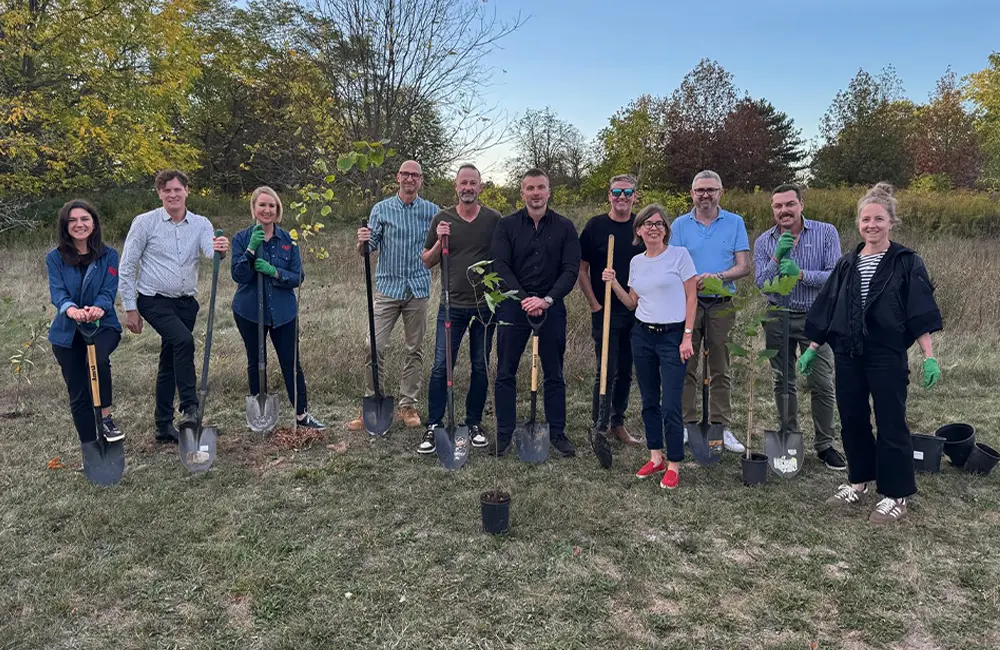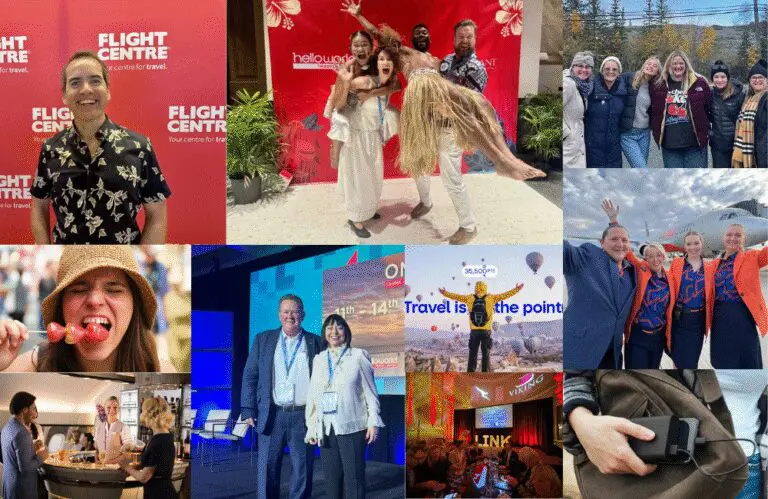As a member of the Destination Canada Strategic Advisory Group (SAG), Karryon founder Matt Leedham joined a collective of Australian travel industry leaders on a journey through Ontario, in collaboration with Destination Ontario and Destination Canada.
Over the course of eight action-packed days, our group travelled from Toronto to Niagara, Peterborough, and Ottawa, connecting with industry partners and learning how culture, collaboration, and community are guiding tourism toward a more sustainable and regenerative future for Ontario and Canadians.
What we discovered was a warm welcome and a stunning province defined by water, creativity, and connection as a powerful reminder of why travel, when done right, can move us all.
Below is a comprehensive wrap-up of our trip with links to the products and experiences we had the privilege of sampling firsthand.
Toronto: 36 hours in Canada’s metropolis
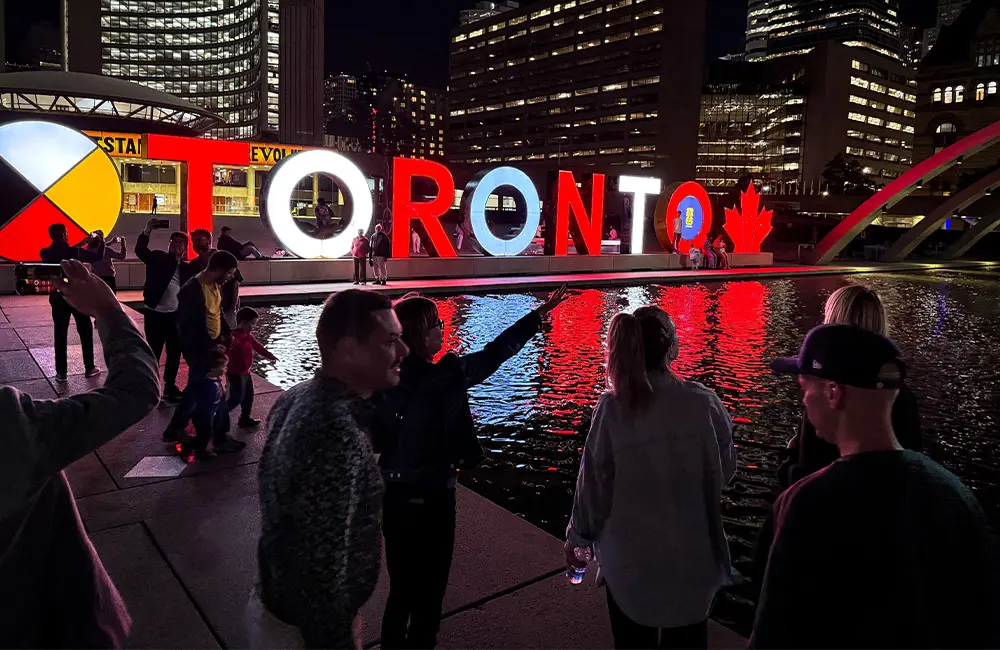
Flying from Brisbane with Air Canada, the journey to Canada was seamless. The 10-minute transit through Vancouver from international to domestic flights is a welcome relief, offering no extra scans and minimal stress, and is a joy to experience after the 13.5-hour flight.
By late afternoon (the same day we left), after our 4.5-hour connecting flight with Air Canada, we had arrived in Toronto and were watching the sunset over the city from the impressive 43rd-floor Club Lounge of the Sheraton Centre Toronto.
Set along the northern edge of Lake Ontario, Toronto is Canada’s largest city, a dynamic metropolis of nearly three million people, or more than six and a half million across the Greater Toronto Area, where over 180 languages mingle in daily life.
Interesting fact: The name “Toronto” is derived from the Mohawk word “tkaronto”, meaning “where there are trees standing in the water.”
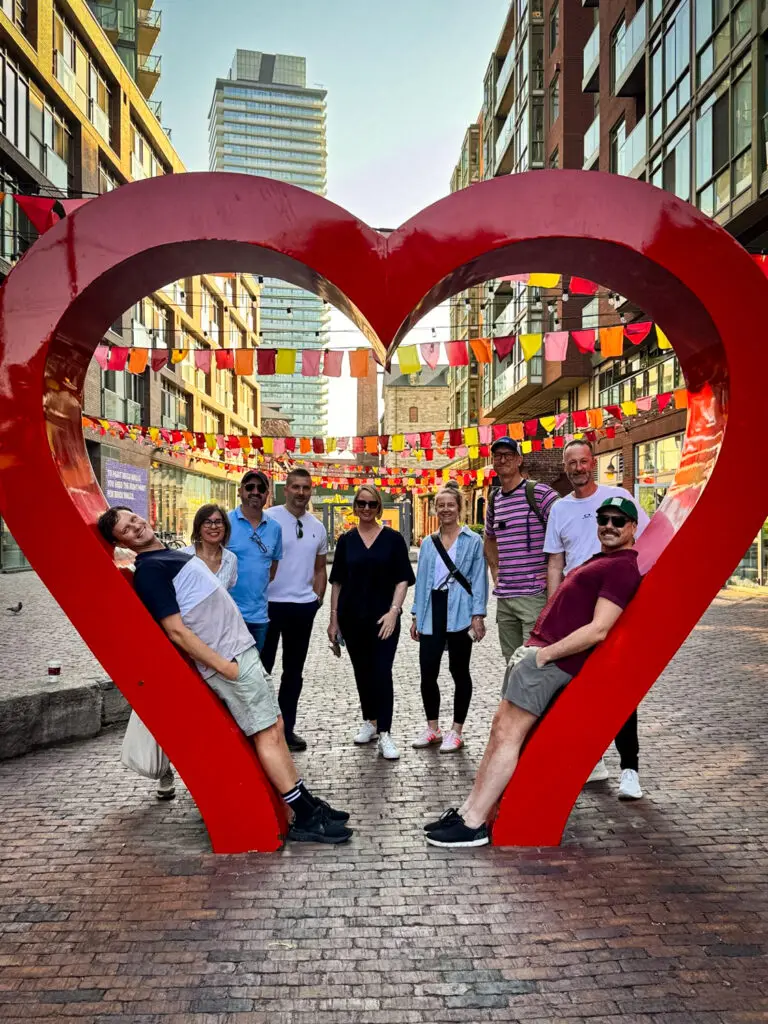
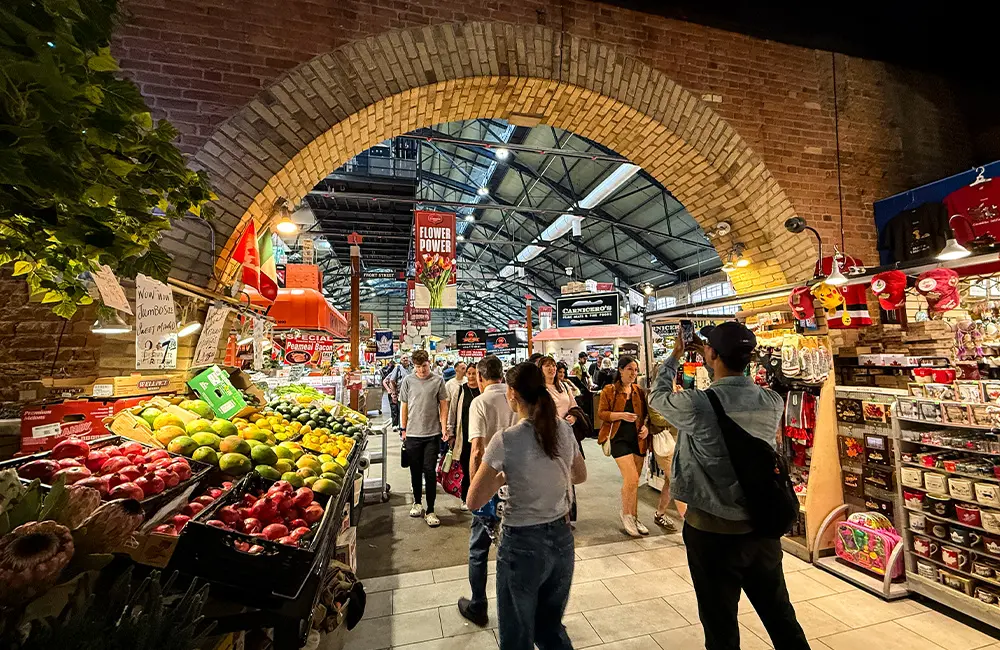
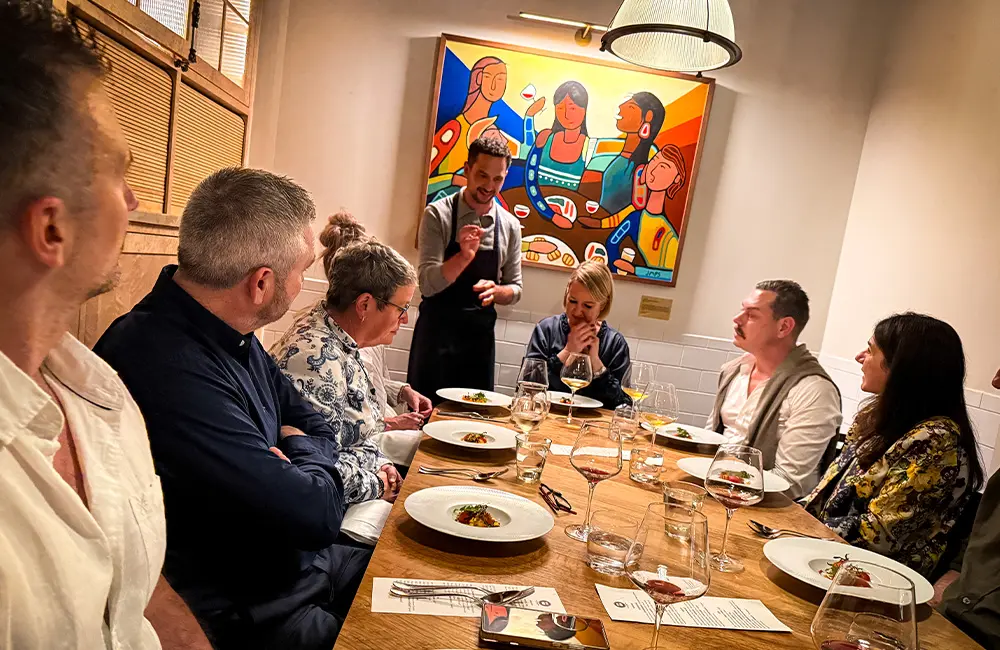
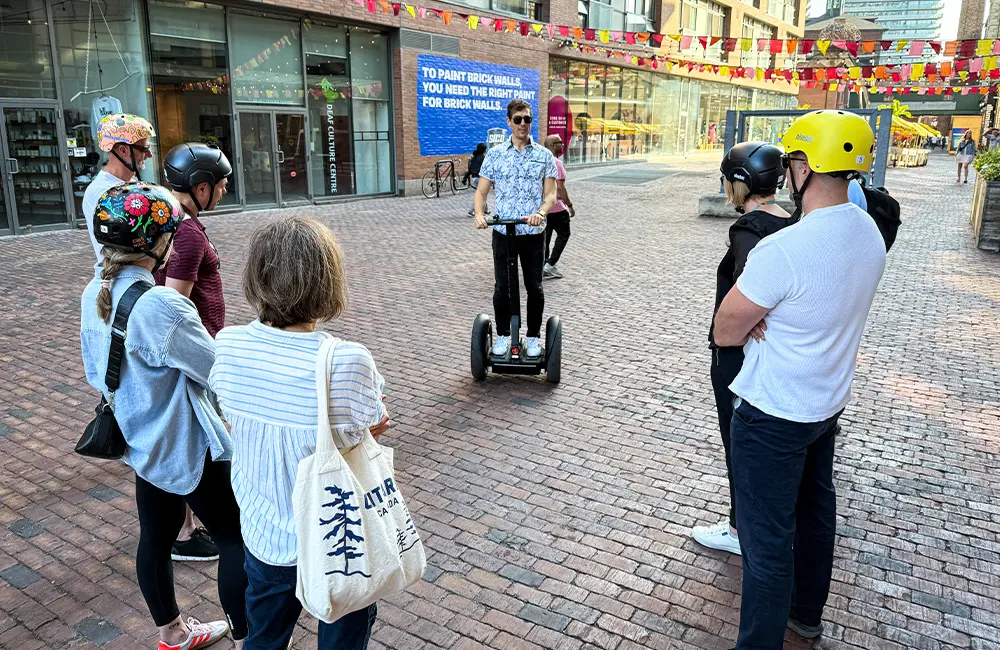
Our first experience saw us wandering through the city’s spotless streets before diving into the bustling St. Lawrence Market on a Saturday morning, where locals jostled to fill their baskets with freshly harvested produce, bread, and delicious-looking pastries.
From there, we glided through the cobbled lanes of the Distillery District on a Go Tours Canada Segway adventure, visiting a chocolatier and microbrewery while soaking up the 1800s heritage and creative vibes.
Lunch outdoors at El Catrin delivered Mexican flavours, followed by a visit to Little Canada, an intricate miniature world and must-see attraction that celebrates the vastness and diversity of the nation in tiny form.
Dinner that night at Richmond Station, meeting top chef and co-founder Carl Heinrich, was the kind of dining experience that stays with you. As Carl spoke proudly about his team, regenerative farming, and his Feast On certification, which connects local farmers, producers, and chefs in a sustainable food loop, I realised that Ontario’s story isn’t just told through places, but through people who care deeply about them. This was a real highlight.
Next leg: Toronto to Niagara-on-the-Lake: Approx. 130km and a 1.5-hour drive.
Niagara: Power, produce and new perspectives
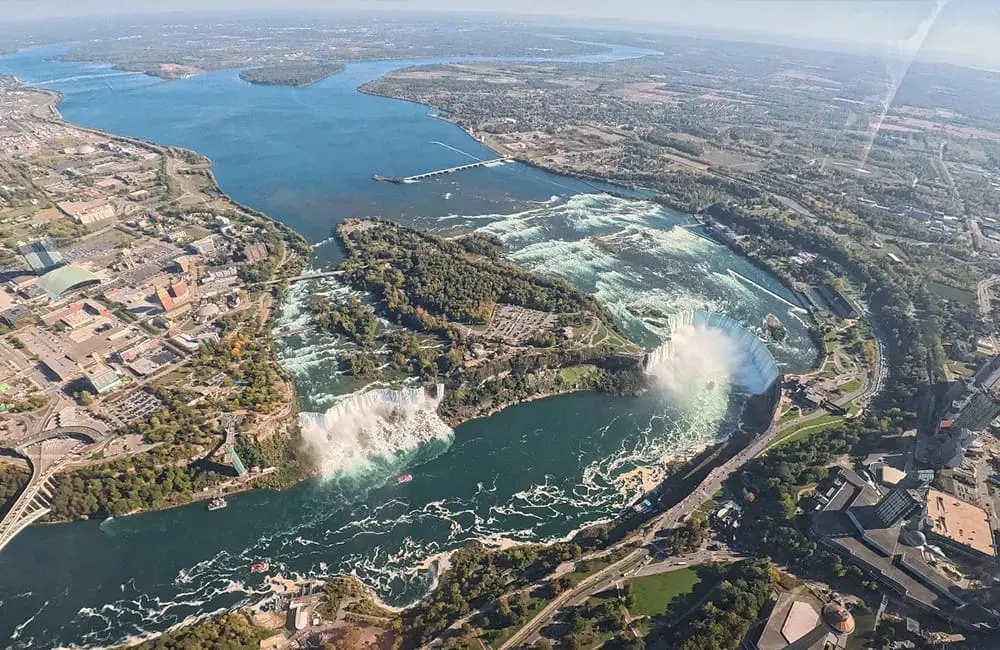
Leaving Toronto on Sunday morning, a 90-minute drive took us from the urban skyline of Toronto to the immaculate vineyards and heritage charm of Niagara-on-the-Lake. Here, historic villas wrapped in flowers, antique shops, and galleries, along with horse-drawn carriages rolling by the lake, ensure that a slower pace is all that is needed.
Lunch and a wine tour at Peller Estates Winery introduced us to Ontario’s wine story and signature Icewine, sampled in a -10°C tasting room, guided by the Culinary Tourism Alliance’s Feast On network. Who knew Ontario had such a range of wines? Not me.
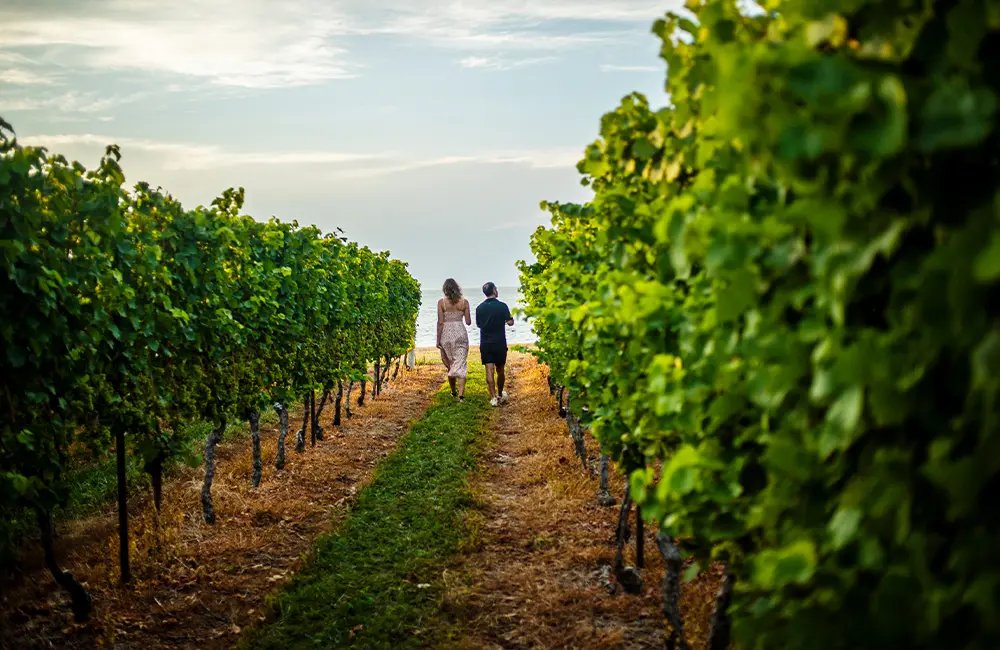
As the world’s leading producer of Icewine and home to more than 80 wineries in the Niagara Peninsula, the region’s cool-climate vineyards, shaped by the Great Lakes, produce standout Rieslings, Chardonnays and Pinot Noirs. Many are certified under Sustainable Winegrowing Ontario and celebrated through the Feast On movement.
Pumping up the volume, the nearby natural wonder, Niagara Falls, is about water in motion and witnessing it from many perspectives. From above, we took a spectacular flight with Niagara Helicopters, revealing the breathtaking scale of the Horseshoe and American Falls through an eagle’s eye. Not long after, we were far below, in and amongst the action, wearing red ponchos and getting blissfully soaked by the 600,000 gallons of water crashing down around us every second, aboard Niagara City Cruises Voyages to the Falls.
Our base in Niagara was the Marriott Fallsview Hotel & Spa, perched directly above the Horseshoe Falls with uninterrupted views of the Falls. Dinner that evening at Prime Steakhouse, located within the historic Brock Hotel, featured floor-to-ceiling windows framed by the illuminated cascades as we savoured local Ontario wines and grilled cuts.
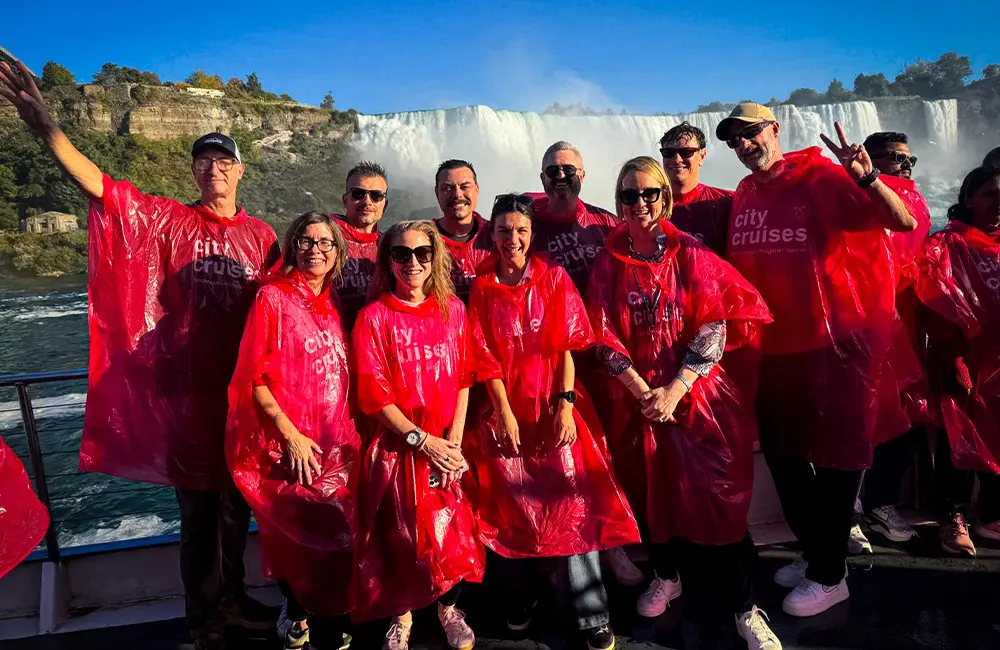
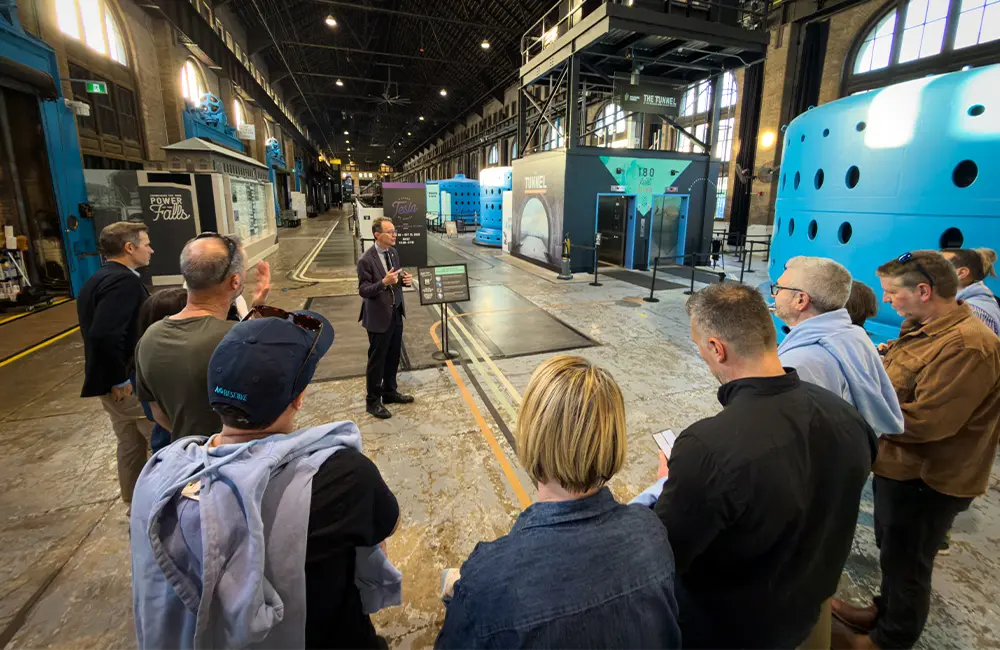
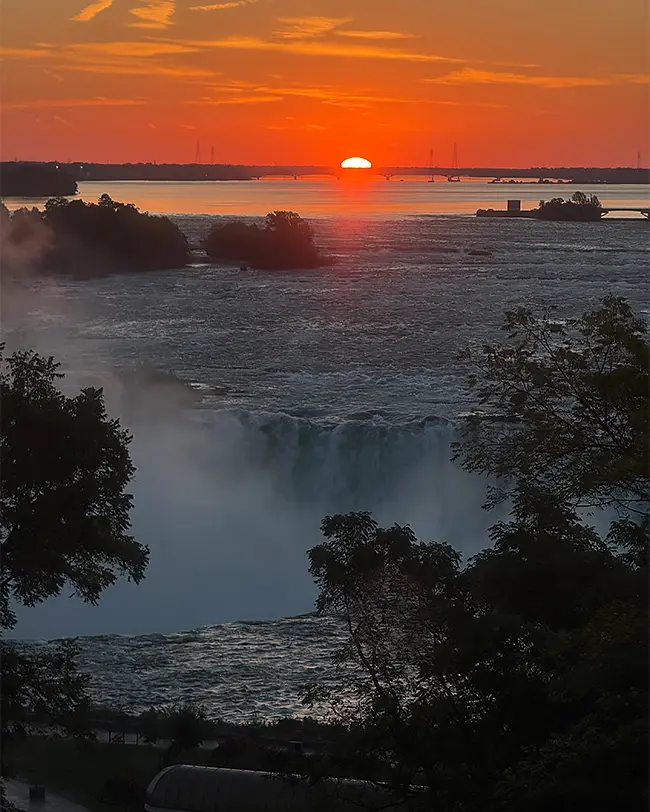
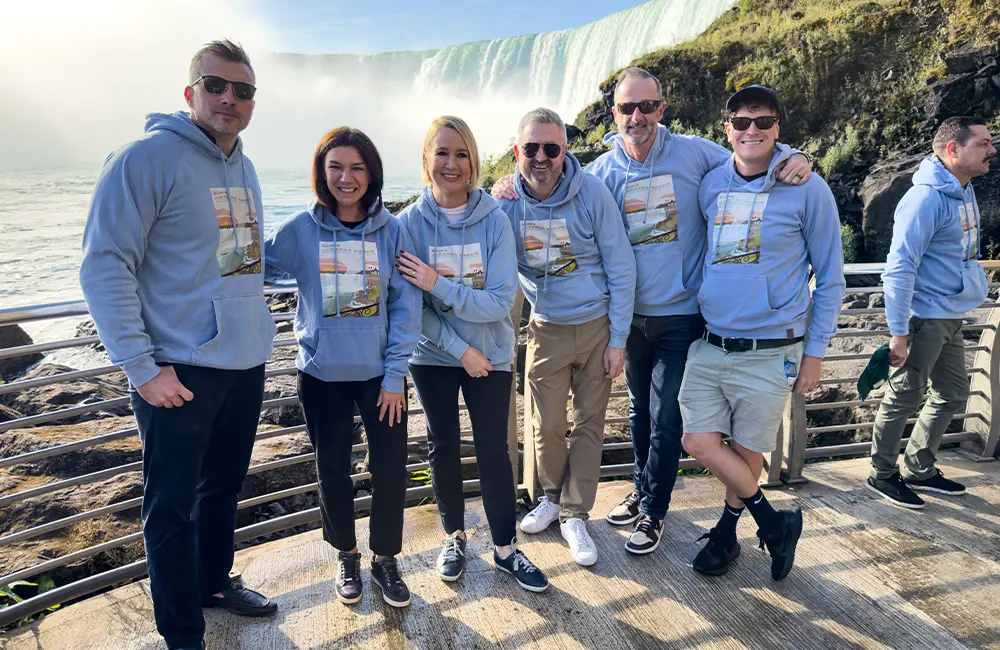
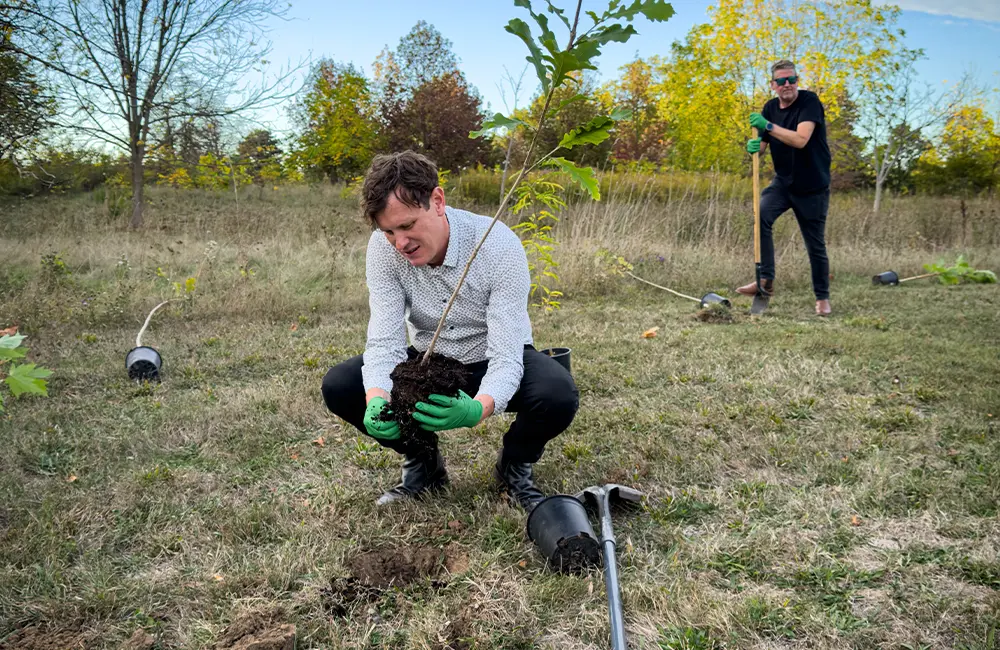
We spent the following day with the Niagara Parks, whose mandate to preserve and promote the natural and cultural heritage of the Niagara River corridor has created one of Canada’s most forward-thinking tourism models. Our morning began at the Niagara Parks Power Station, an extraordinary regenerative project that has transformed a century-old hydro plant into a museum of innovation and sustainability.
From there, we soared once again, this time through the immersive FlyOver Niagara experience, a new, exhilarating virtual flight that showcases the entire river corridor, remarkably using real footage rather than CGI.
Lunch at Whirlpool Golf Course offered a panoramic view of the greens, followed by a historical walk and talk through the Landscape of Nations Memorial at Queenston Heights. The group’s Strategic Advisory Session in the afternoon was held at the Niagara Parks School of Horticulture, where we collectively presented on Australian trends and insights, and also heard from Destination Ontario’s tourism partners.
We concluded the day with a tree-planting ceremony, a simple yet symbolic gesture of giving back, before returning to the Power Station for its Currents night experience, where lights and projections illuminate the industrial bones of the old turbines.
Dinner followed at Table Rock House Restaurant | Overlooking Niagara Falls, overlooking the illuminated falls, joined by partners from Niagara Parks, Ottawa Tourism, and Toronto Tourism. Later that night, we ventured to the Illumination Tower for a behind-the-scenes tour and the rare privilege of controlling the falls’ nightly colours ourselves, which was a surreal moment.
Next leg: Niagara Falls to Kleinburg: Approx. 150km and a 1 hr 45 mins drive.
Peterborough: Art, lakes and legacy
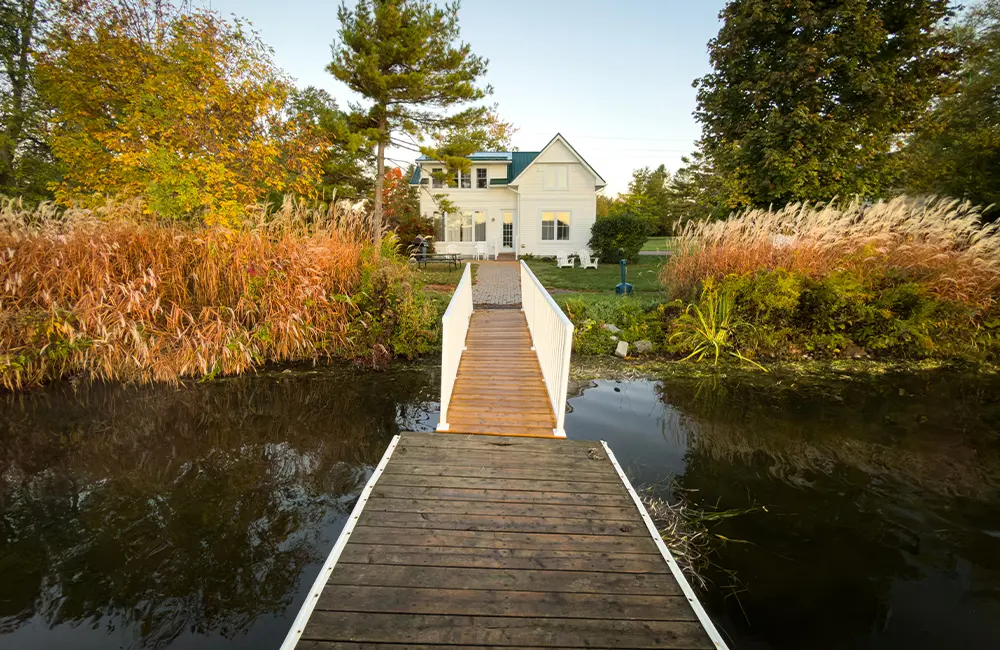
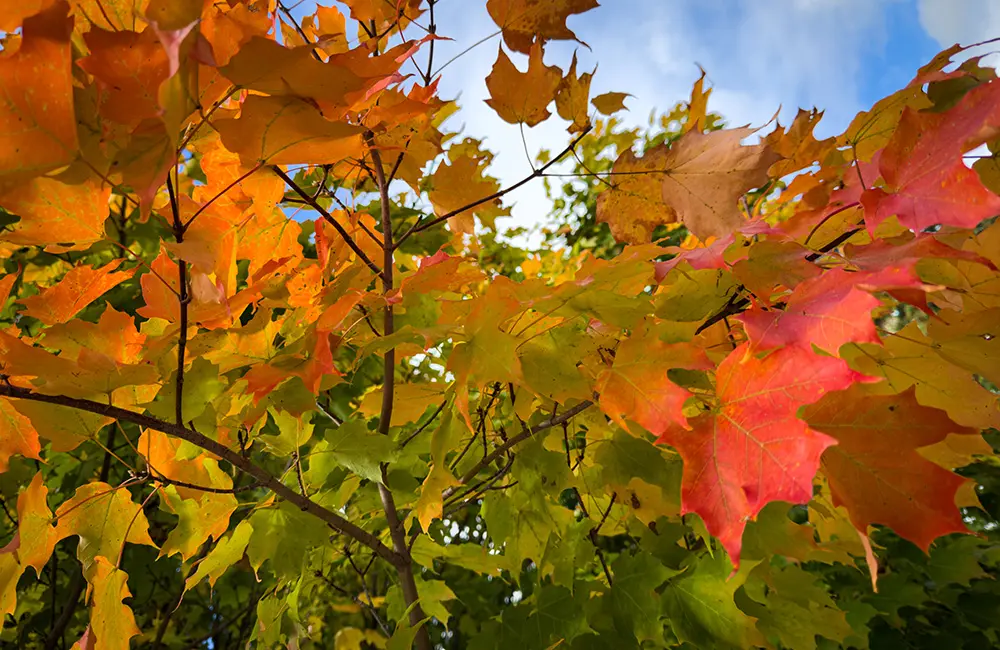
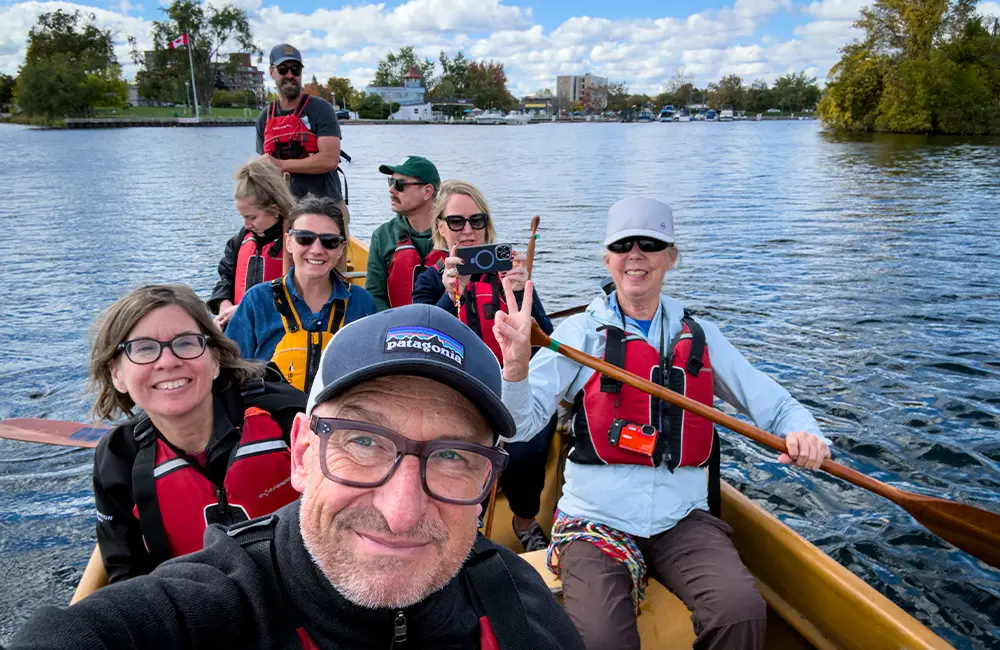
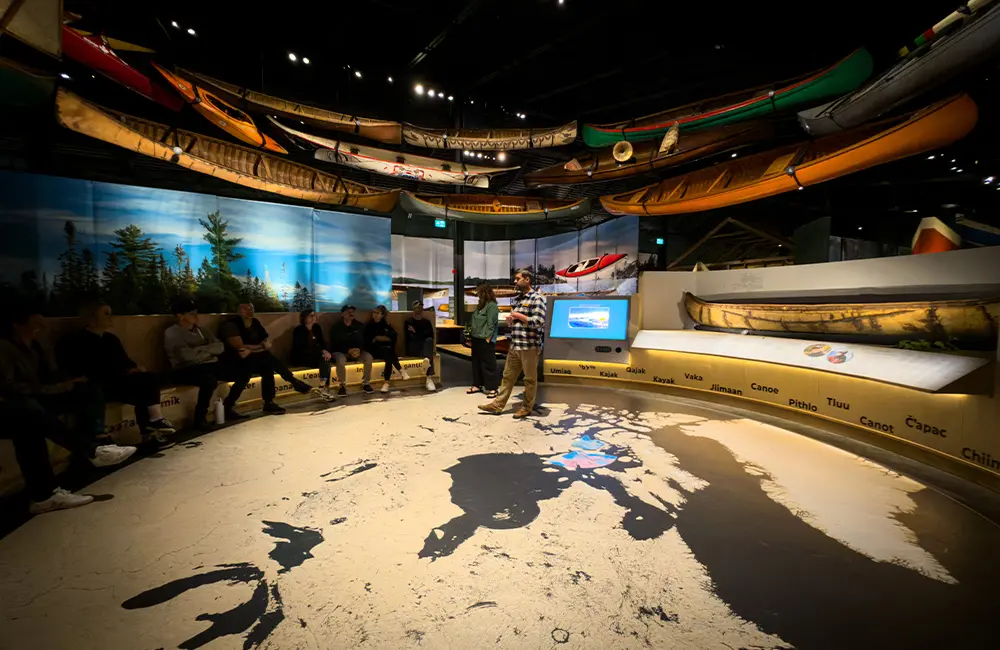
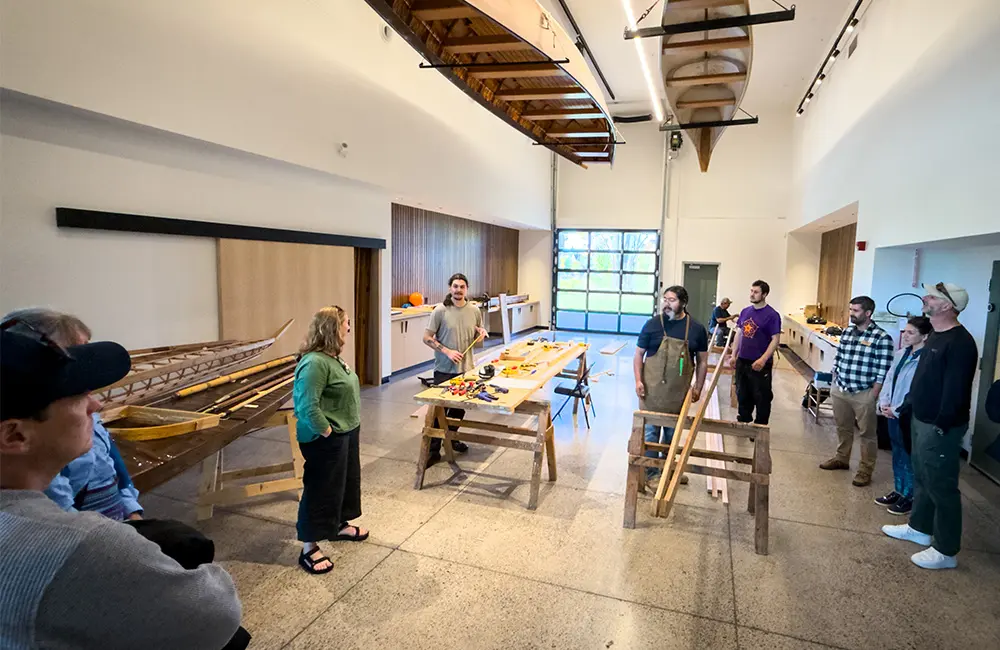
Driving north, passing through townships and taking in the fiery fall colours, we arrived at the McMichael Canadian Art Collection, home to the iconic Group of Seven artists and an extraordinary collection of First Nations, Métis, and Inuit art. Set within gorgeous forest and sculpture gardens, especially vibrant at this time of year, it’s a living gallery that connects land, story, and spirit, making it a peaceful place to be. The gallery is approximately a 40-minute drive from downtown Toronto and is easily accessible for a day trip.
From there, a 90-minute scenic drive took us to Elmhirst’s Resort on Rice Lake, a family-run, fifth-generation retreat that embodies the authenticity of rural Ontario. The resort is Platinum Certified under Canada’s Sustainable Tourism 2030 program, a rare distinction that reflects its commitment to farm-to-table dining, community engagement, and conservation.
As dusk settled, we toured the farm, sampled Ontario wines in the underground cellar, and gathered around the fire for a Turkey dinner, pumpkin pie and s’mores under a harvest moon. It was Thanksgiving week in Canada, a time for gratitude, pumpkins, and a celebration of a changing season and life.
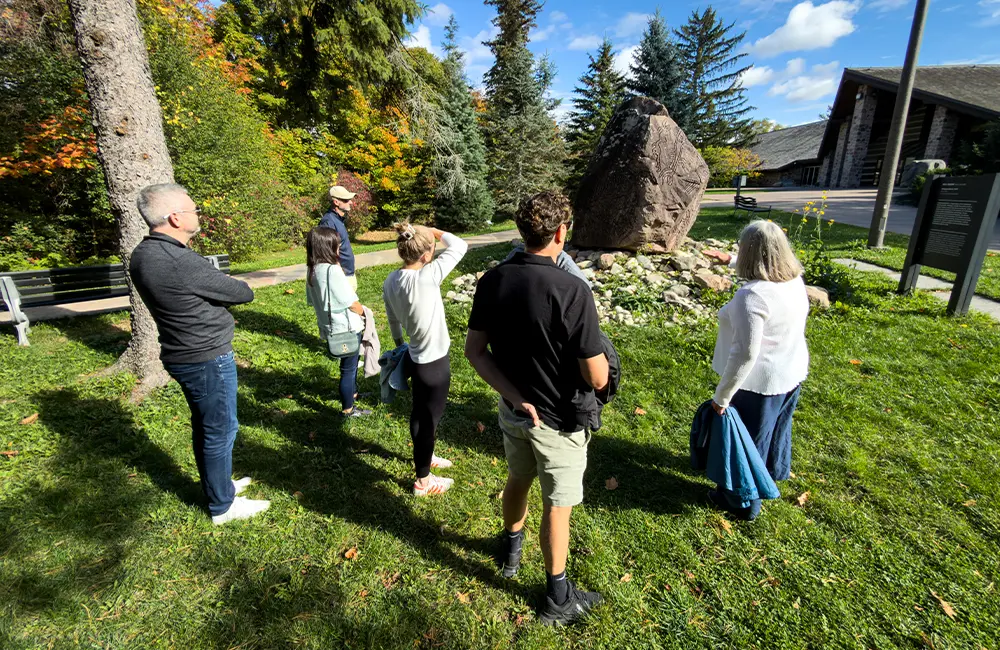
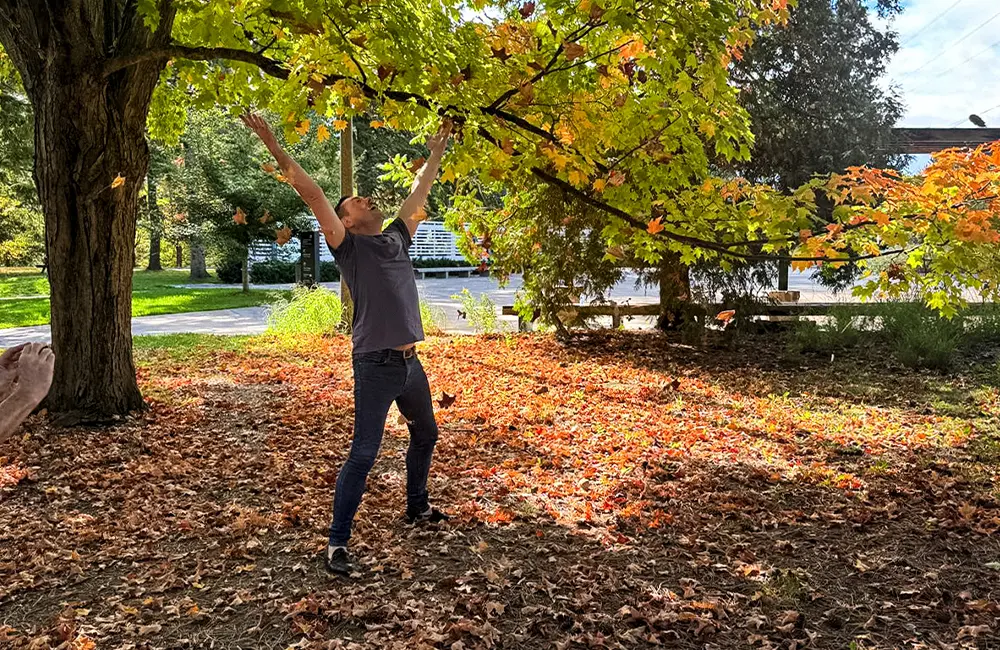
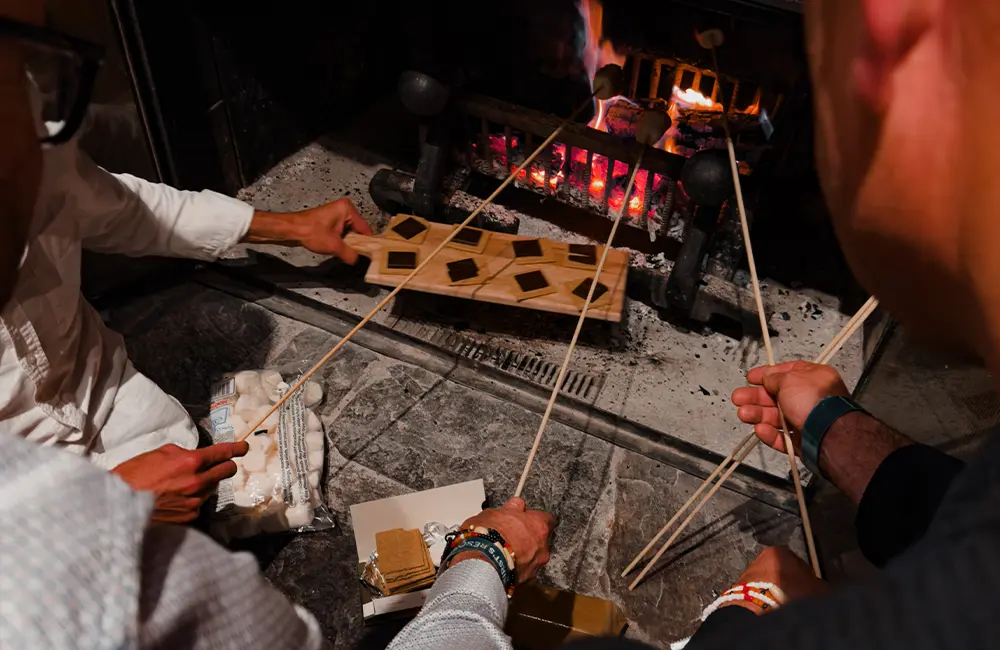
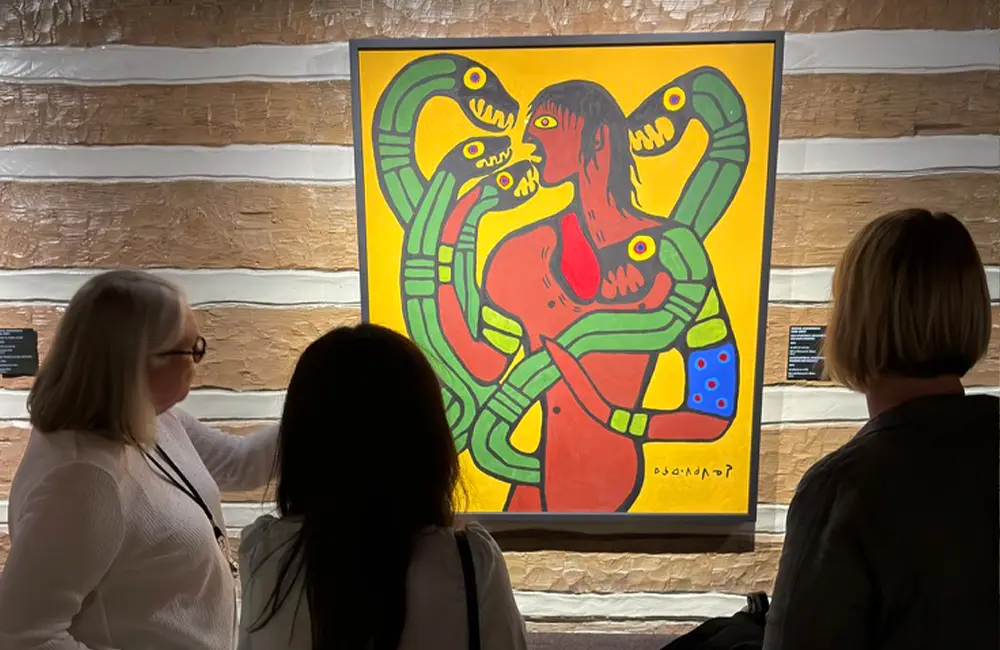
The next morning saw the voyagers in the group (me included) kayaking on Rice Lake, once a vital food source for First Nations communities, before visiting the new Canadian Canoe Museum in nearby Peterborough. The museum, which considers itself a library for canoes, houses the world’s most extensive collection of paddled watercraft (600), and tells the story of connection through water, 250,000 lakes and 100,000 kilometres of rivers that shape Ontario’s identity. Paddling together as a group in a Voyager canoe on Little Lake was a fun experience and a reminder of the distances locals would paddle, up to fourteen hours a day. Let’s just say that our paddle was considerably less!
Final leg: Peterborough to Ottawa: Approx. 280km and a 3.5-hour drive.
Ottawa: Culture, Cuisine and Connection
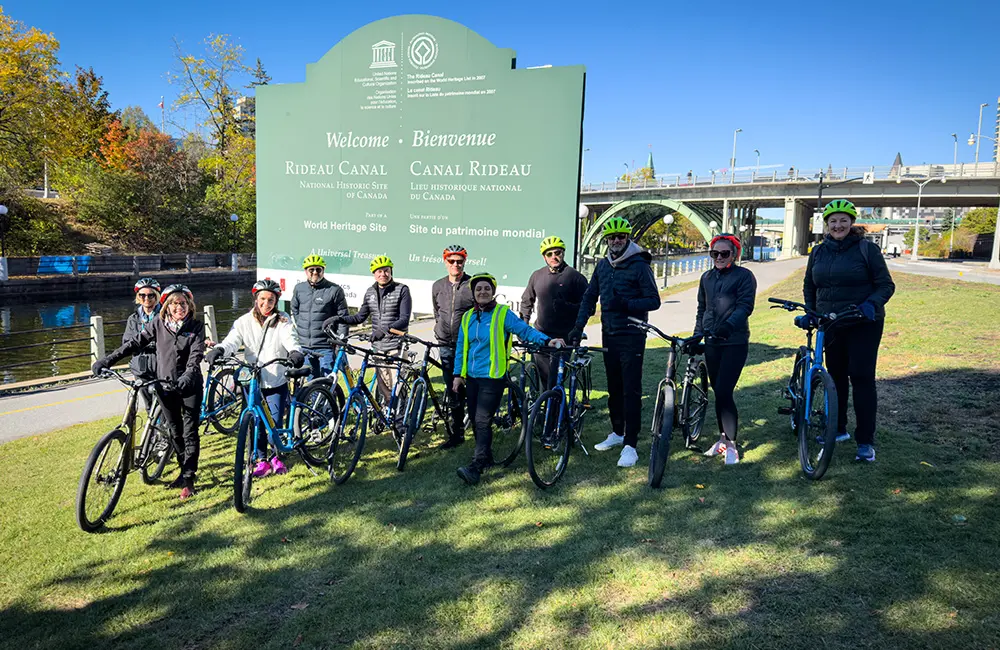
Arriving in Ottawa at dusk, Canada’s capital, the scene shifted again. It’s a city where rivers, parks, and politics intertwine. Our base, the boutique Le Germain Hotel Ottawa, offered calm and stylish sophistication just steps from Parliament Hill.
After a Paris-infused dinner at Métropolitain Brasserie and a walking tour with Hidden InSite, we explored the city the following day by bike with Escape Bicycle Tours, led by founder Maria Rasouli, whose powerful story of finding freedom through cycling after leaving Iran resonated deeply with us. Today, she shares her newfound love of cycling and her Canadian home with guests on her tours.
Food took centre stage again at C’est Bon Ottawa, where co-owner Stefanie Siska guided us through ByWard Market’s bustling food scene, sampling tasty local dishes and sharing stories of community and harvest. Poutine anyone? Delicious! Stefanie, whom I’d previously interviewed on our Into the Hearts of Canada podcast, is the perfect embodiment of how food connects travellers to place.
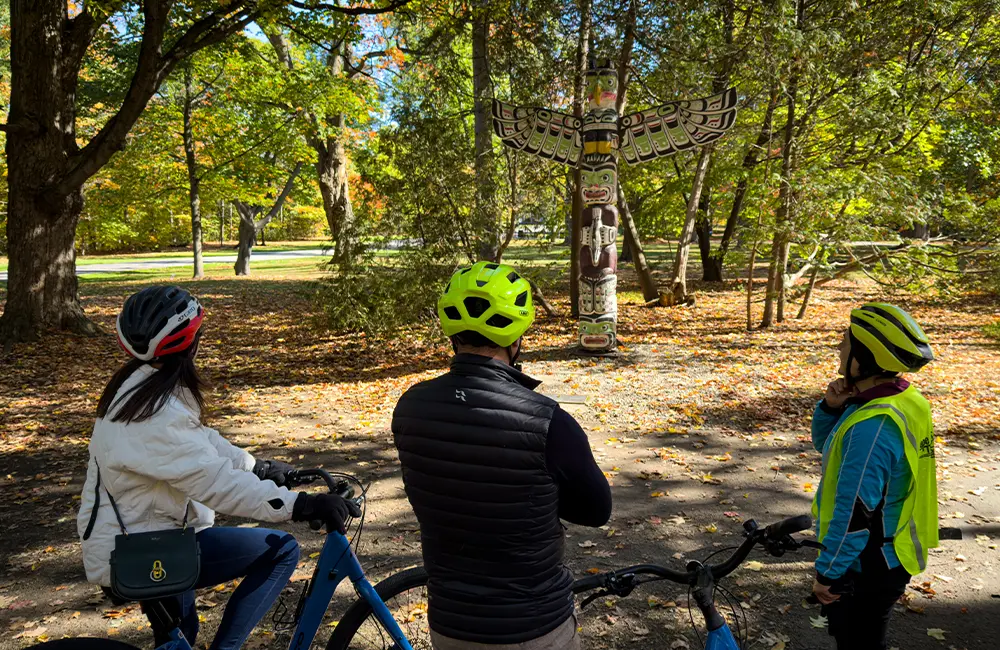
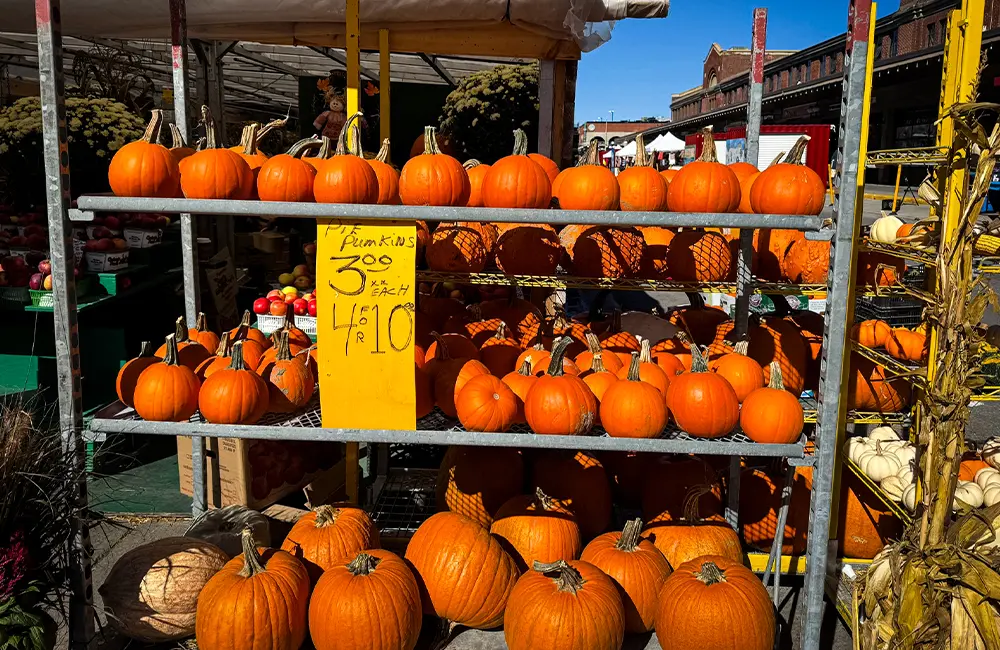
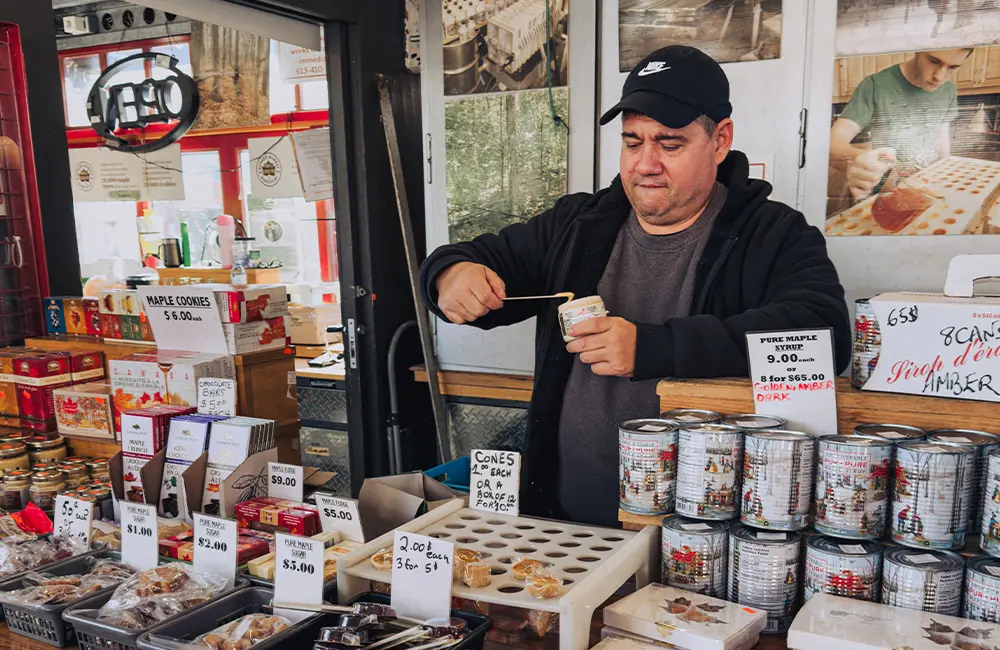
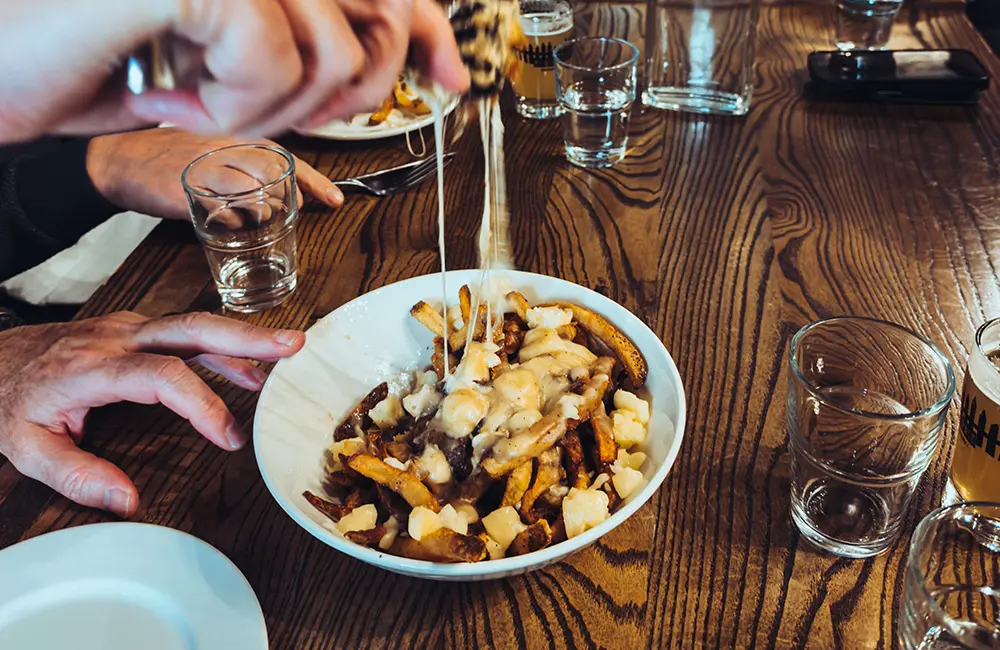
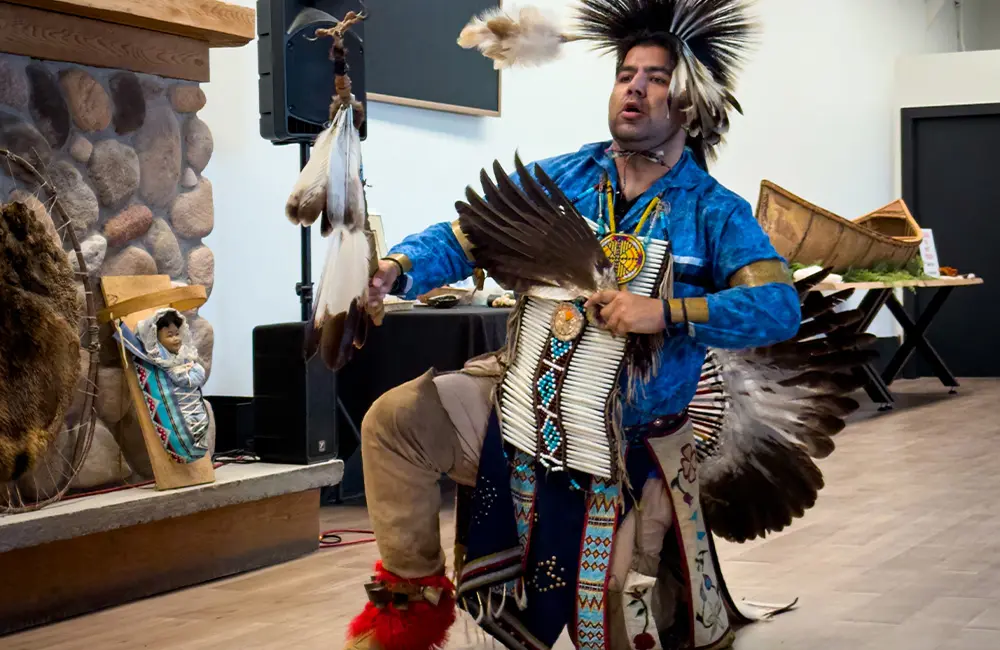
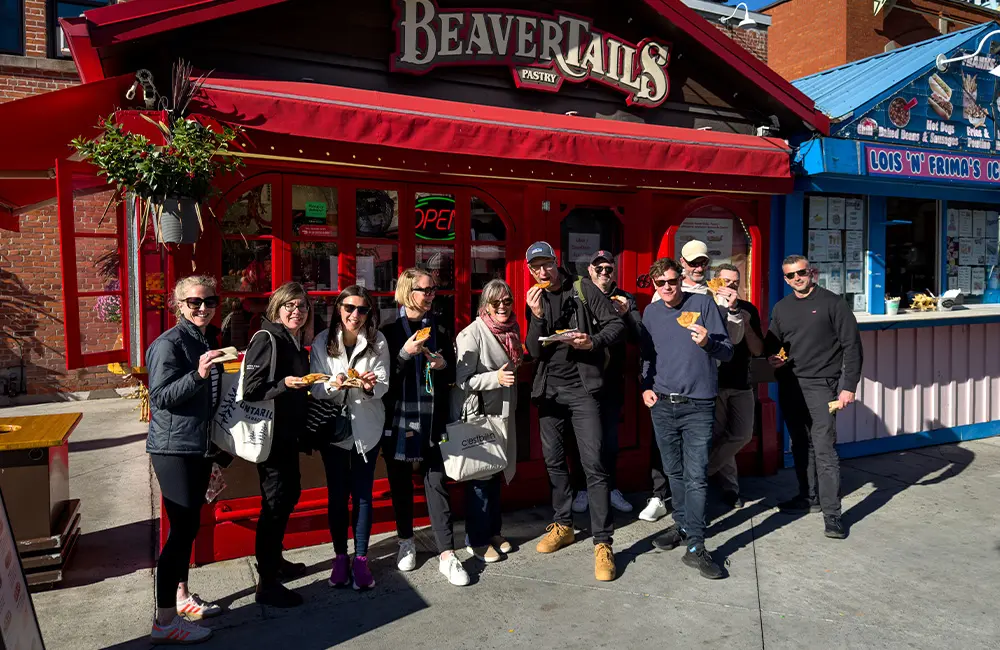
A serene Rideau Canal cruise aboard a fully electric boat offered a different perspective on this UNESCO-listed waterway before we met with a group of Ottawa Tourism partners and dined at 1 Elgin, inside the National Arts Centre, surrounded by the energy of the city’s creative heart.
Our final day took us across the river to the Canadian Museum of History in Gatineau, home to the world’s largest indoor collection of totem poles, before concluding at Mādahòkì Farm, an Indigenous-led social enterprise and working farm dedicated to “sharing the land.” Among the rare Ojibwe Spirit Horses, we learned how storytelling and cultural tourism can drive reconciliation and regeneration hand in hand.
Reflection: The flow of connection
Ontario is vast. 1.1 million square kilometres, larger than France and Spain combined, and equivalent to the size of South Australia. You could fit the United Kingdom inside Ontario more than four times. But despite its scale, it’s the province’s spirit of connection between people, land, and water that leaves the most lasting impression.
There is so much to see and immerse yourself in here, and, as you will have read above, numerous incredible responsible tourism initiatives that travellers can get involved in during their trips.
For more information on Ontario, head to www.destinationontario.com/en-ca
Read Karryon’s latest guides to Ontario and Canada here
The trip was hosted by Sonya Stevenson from Destination Ontario. Members of the Destination Canada Strategic Advisory Group attending the trip included: Neil Rodgers from Adventure World, Tim Holden from Flight Centre Travel Group, Mladen Vukic from APT, Greg McCallum from Entire Travel Group, and Melissa Warren from Helloworld, alongside Julie King and Nathan McLoughlin from Destination Canada and Matt Leedham from Karryon. Not present on the trip were Daniel Walker from Sno’n’Ski, and Rodney Mueller and Cassandra Foister from Ski Max.
For more information on the initiative or to join the Destination Canada Strategic Advisory Group pledge, please email julie.king@jkingassociates.com


